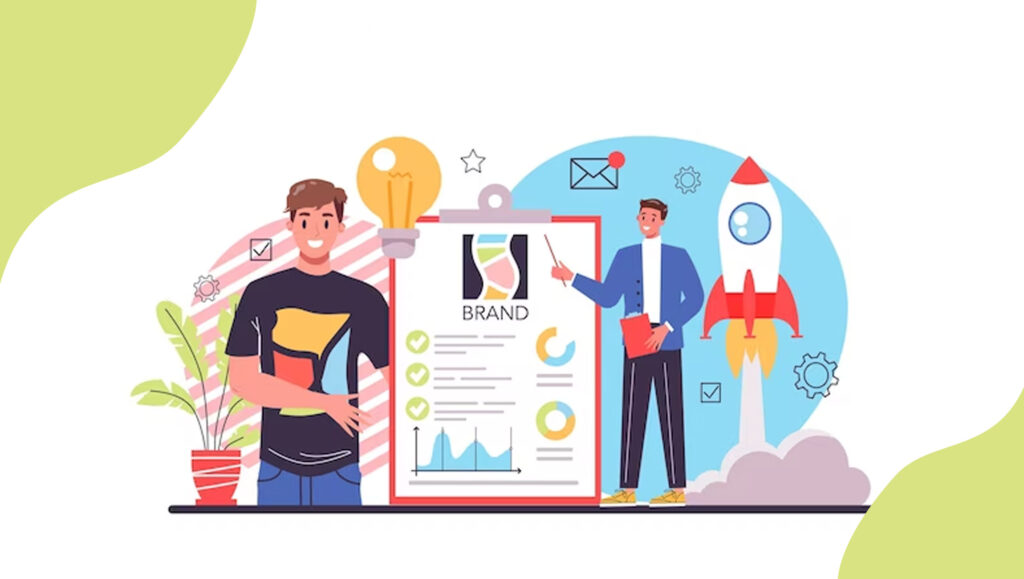Cognitive biases can be defined as the various traits of human thinking that profoundly impact decision-making every day. Cognitive biases are based on certain mental templates drawn on certain individual beliefs and perceptions. Some experts may argue that cognitive biases make the decision-making process for marketers difficult as there can be an error in logical reasoning. But these biases enable marketers to make decisions to capitalize on available opportunities while avoiding certain pitfalls.
The truth is that various cognitive biases exist in individuals from all walks of life. No one can ever be exempt from cognitive biases. But as a marketer, it is important to remember that cognitive biases should not be leveraged to trick the customers as they might yield unwanted results. Instead, cognitive biases should be used to make customers aware of the brand and bring the messaging in sync with customer expectations. Ignoring customer biases can render even the most well-thought marketing strategies ineffective.
Read More: SalesTechStar Interview with Frida Ottosson, VP of US Sales at Cognism
Different cognitive biases and their effects on customers
1. The Anchoring Bias: –
This bias means that individuals refer to the specific information they hear first for making future judgments. For instance, when you are looking to buy a television, the price of the first model will often act as your reference point to ascertain a good deal. To leverage this bias, marketers must strive to be the first brand that captures customers’ attention. This strategy is extremely useful if the customers are already well-versed with the brand. So, the key here is to start advertising as early as possible and highlight the discounts offered. This would establish your brand as the first reference point for the customer, improving the chances of making a purchase decision in your favor.
2. The Framing Effect: –
This bias pertains to the fact that individuals tend to draw varied conclusions about products or deals based on the presentation. Marketers have been actively leveraging this bias to promote their products as better and, in most cases, without even realizing it. For example, which sauce would you like to buy, 90% fat-free or 10% fat? A marketer must thoroughly understand the customer profile to determine the best strategy to promote the product or service. The key here for marketers is to show the product in action, and rather than simply listing the features, show them in working and how they will improve the customers’ quality of life.
3. The Bandwagon Effect: –
Research indicates that individuals are more likely to purchase those products that several others have already purchased. It is somewhat similar to the exposure effect, but the exposure is from peers, friends, or family. Moreover, people tend to believe friends and family over any form of advertising, so marketers can certainly leverage this effect. For example, customers are likelier to buy an iPhone than any lesser-known brand and would not mind even queuing up for it. This is where brands can leverage the popularity of celebrity influencers to encourage target customers to make a purchase.
4. Zero Risk Bias: –
Most individuals are risk-averse by nature and do not like any uncertainty in a purchase decision. The rationale here is that there are no downsides to purchase, and the user experience is likely to be positive. This is why most prospective buyers read detailed customer reviews before purchasing. This is where marketers need to make the deal as risk-free for customers as possible. This can be achieved by promoting the safety features of the product, offering an extended warranty, or providing full refunds on returns within specified durations.
5. Halo Effect: –
It is a cognitive bias where the first impressions formed by the customers would have a profound effect on how they process any further information related to the brand or its products. For example, a company with a malfunctioning website or shoddy graphics would struggle to convince the customers to make a purchase decision no matter how hard it would try. This is why marketers must place considerable importance on the appearance of the website or app, as the customers will only form an opinion on the brand based on these factors. Brands must also be careful with their initial marketing messages as they will considerably impact how the customers perceive the brand later.
When it comes to marketing and sales, no single cognitive bias will generate the desired results for a brand. The problem with these biases is that they are highly subjective and might not be showcased at all times. Hence, it is essential for a marketer not to use cognitive biases to exploit the customer but rather form a natural and comforting relationship. Loyalty fostered through positive bonds is much more durable than purchase decisions incited through a play on fears.
Read More: Introducing AI-Backed Sales Forecasting: 3 Tips to Align RevOps and Sales Ahead of Implementation






















